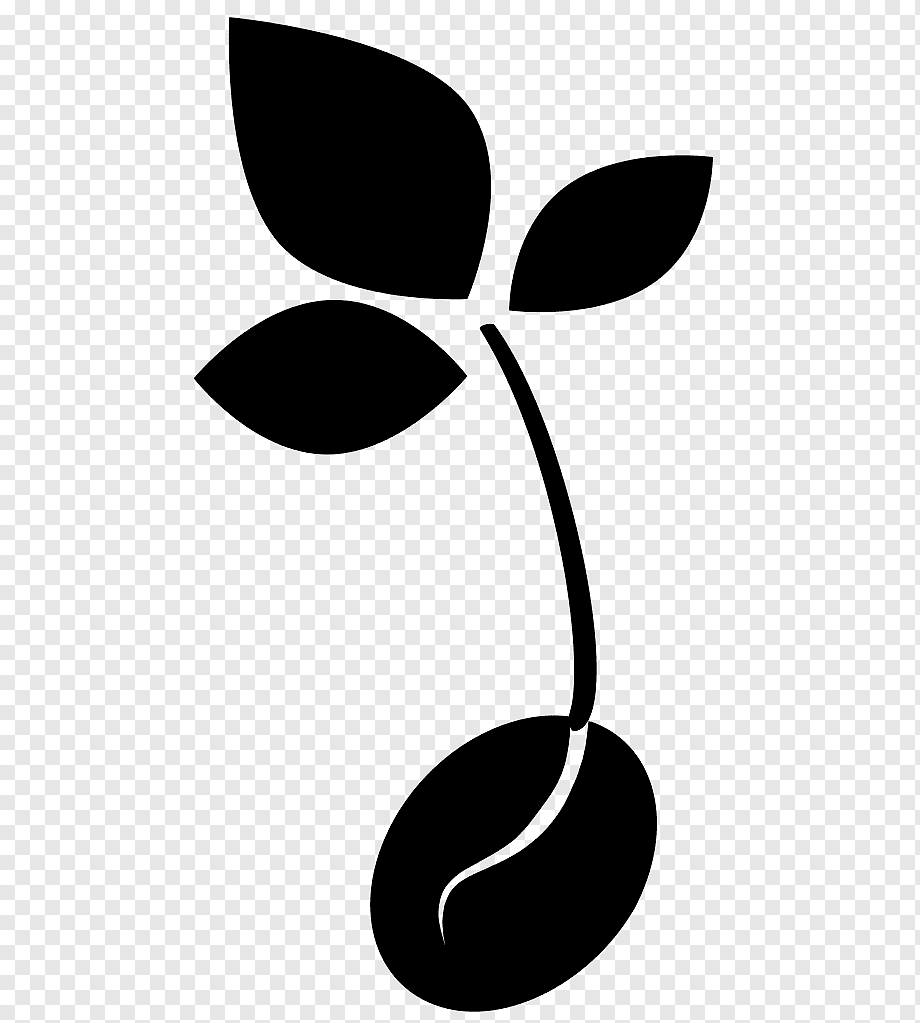Hostas in the Garden: A Comprehensive Guide to Cultivation and Care
Hostas, beloved for their lush foliage and versatility, are a popular choice for gardeners looking to add texture, color, and visual interest to their outdoor spaces. With a wide range of cultivars available, these perennial plants thrive in various growing conditions and can be used in a multitude of landscape designs. In this comprehensive guide, we will explore everything you need to know about cultivating and caring for hostas in your garden.
1. Understanding Hostas: Hostas, also known as plantain lilies, are herbaceous perennial plants native to East Asia. They are prized for their attractive foliage, which comes in a variety of shapes, sizes, and colors. Hosta leaves can range from small and narrow to large and broad, and they may be solid in color or variegated with contrasting patterns.
2. Choosing the Right Location: Hostas thrive in partial to full shade, making them an excellent choice for areas of the garden with limited sunlight. However, some hosta varieties can tolerate more sun than others, so it's essential to choose the right location based on the specific needs of the cultivar you've selected. Additionally, hostas prefer moist, well-drained soil with plenty of organic matter.
3. Planting Hostas: When planting hostas, dig a hole that is slightly larger than the root ball and add organic matter such as compost to the soil. Place the hosta in the hole, ensuring the crown (where the roots meet the foliage) is at ground level. Backfill the hole with soil and water thoroughly to settle the roots in place.
4. Watering: Hostas have shallow root systems and require consistent moisture to thrive. Water newly planted hostas regularly to keep the soil evenly moist. During hot, dry periods, provide supplemental watering to prevent the soil from drying out completely. Avoid overwatering, as this can lead to root rot and other problems.
5. Fertilizing: Fertilize hostas in the spring with a balanced, slow-release fertilizer to promote healthy growth and vibrant foliage. Avoid fertilizers high in nitrogen, as this can encourage excessive leafy growth at the expense of flowers. Follow the manufacturer's instructions for application rates and timing.
6. Mulching: Apply a layer of mulch around the base of hostas to help retain soil moisture, suppress weeds, and regulate soil temperature. Organic mulches such as shredded bark or compost are ideal for hostas. Avoid piling mulch directly against the crown of the plant, as this can promote rot and disease.
7. Division: Hostas benefit from periodic division to rejuvenate the plants and prevent overcrowding. Divide mature hostas every three to five years in the spring or fall, when the plants are dormant. Dig up the clump and carefully separate the individual plants, ensuring each division has plenty of roots and foliage. Replant the divisions in prepared soil and water thoroughly.
8. Pest and Disease Control: While hostas are relatively pest and disease-resistant, they can sometimes be affected by slugs, snails, and certain fungal diseases such as powdery mildew and crown rot. Monitor your plants regularly for signs of pests or disease, and take appropriate action if necessary. Natural predators, cultural practices, and organic remedies can help keep pest and disease problems under control.
9. Winter Care: In colder climates, hostas may benefit from winter protection to prevent frost damage. Apply a layer of mulch or shredded leaves around the base of the plants to insulate the roots and protect them from freezing temperatures. Consider covering the plants with burlap or a frost blanket during severe cold snaps.
10. Maintenance: Regular maintenance is key to keeping hostas healthy and attractive. Remove spent flower stalks promptly to encourage continuous blooming and prevent self-seeding. Trim away damaged or yellowing foliage as needed to maintain a tidy appearance. Monitor the plants for signs of stress, disease, or nutrient deficiencies, and address any issues promptly.
By following these guidelines for cultivating and caring for hostas in your garden, you can enjoy their beauty and elegance year after year. With their stunning foliage and easygoing nature, hostas are sure to become a cherished addition to your outdoor landscape.
